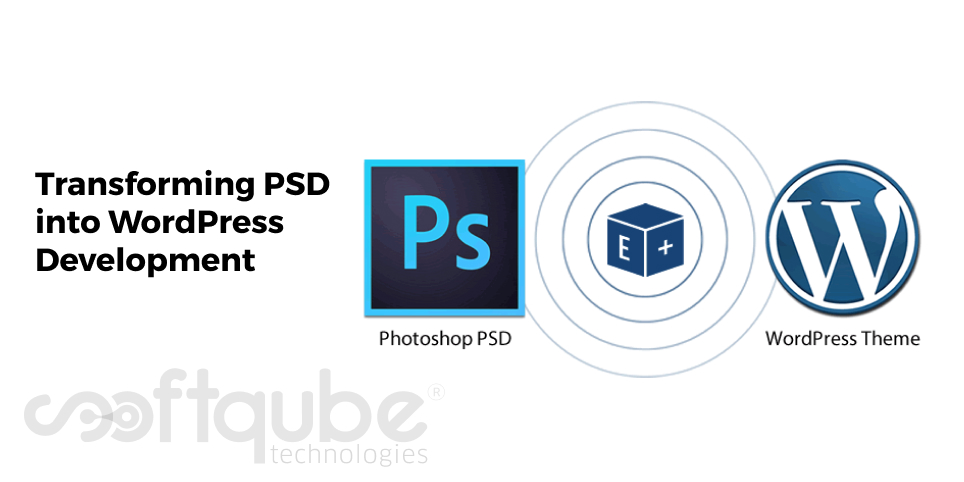Transforming PSD into WordPress Development
October 5, 2015

For developing a creative website; there are two important things that must be borne in mind; it must have attractive as well as user friendly design and well functioning website code. A website cannot be said complete without these things.
A good website is necessary to increase the business. A good design showcases the creativity that varies in every designer. Writing proper design code requires proper knowledge about PHP, HTML, JavaScript and CSS. Most people can create a PSD file of their design however coding is a challenge.
Those who are not good at coding can use well known open source sites like WordPress. It is an open source website that helps business owners to create a website or blog without any proper coding knowledge.

However, expertise is still needed to develop a custom website using WordPress. Here, we have provided some of the steps that will be useful to transform a PSD design into a WordPress template.
Steps to develop a WordPress Template from PSD Design:
- Dividing the PSD design into different parts: An important thing is to divide the image design into different design files and every part will have a separate design component. This means every single piece of the entire design must contain some definite design.
It is very necessary because the entire design cannot be coded in a single image. While developing the website, several images are combined together where every component and feature has its own functionality and use.
This image is divided in editing software and Adobe Photoshop is widely preferred to do image slicing. The main thing here is to cut the image pixels properly and hence the need for software arises.
However, some designers use graphic software that has the features like layer image creation to develop the designs which are divided in different components in the layers. This sometimes makes the slicing process outdated.
It entirely depends on the designers and the coders as to what designs are designed dynamically and which ones are not.
- Creating index.html and style.css: Once the slicing is done then it’s the time to write the code for these sliced images. This code can be written into HTML or XHTML format and then it can be styled using CSS.
This needs a deep knowledge of CSS and HTML. This is one of the important things for which coders use various softwares like as Dreamweaver and Firework. Any software can be used based on the developers’ choice.
The main thing is to code the sliced images in HTML as well as CSS format having rollover effects and pixel perfect placement. CSS styles are created based on the need i.e. if the client needs responsive design then the CSS must be modified accordingly.
- The index.html file is to be now framed according to WordPress structure: Now is the actual time where a simple PSD design is to be converted into WordPress theme and adding functionality to it using various WordPress plugins and themes.
So, here the important thing is to have a proper basic HTML file which is as per the WordPress structure. A normal WordPress theme has several PHP files like as archive.php, header.php, Footer.php, Index.php, Search.php, 404.php and lots more.
Among these, index.php and style.css are the two main files useful to develop a WordPress theme. Here, index.html is to be converted into index.php and all other such required html files are transformed into php files.
- Adding WordPress Tags: Once the index.html file is developed as per the WordPress structure then is the time to add some amazing features to it such as WordPress tags. It is very simple. Instead of adding complex HTML codes, one can add WordPress inbuilt function tags in the theme files so that the required functionality is available.
Several WordPress pages are to be referred to get the required WordPress tags. These are as follows:
http://codex.wordpress.org/Template_Tags
http://codex.wordpress.org/Function_ReferenceOnce this step is over, then the custom theme is ready to be uploaded in the WordPress software and then it can be activated via WordPress dashboard.
Wind Up
This completes the entire process of converting a normal PSD design into WordPress template and now you can also enjoy all the benefits given by WordPress. In case you wish to add any other functionality into the website or wish to change the current functionality then there’s a need to install a simple plugin and then modify the current structure with the help of user friendly WordPress dashboard. Hence, the time is not wasted to alter the complete HTML code.
Hope this guide will be useful to all the WordPress developers as well as those who are interested in doing the process on their own. For more such guidance, stay connected with Softqube Technologies, WordPress development in India.
Share on







